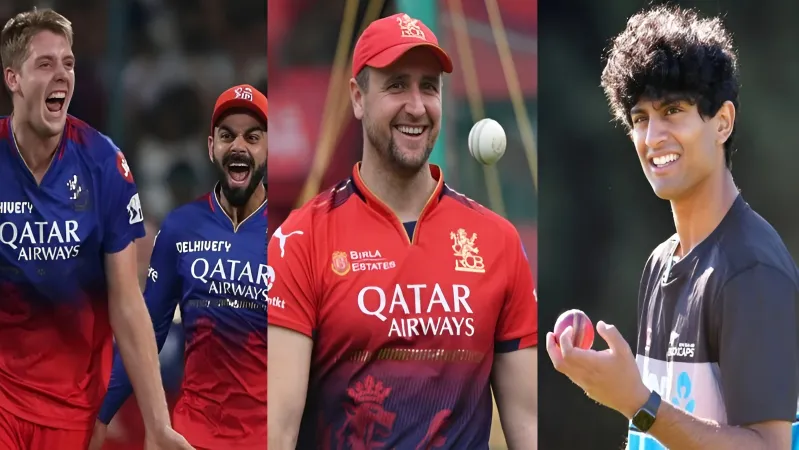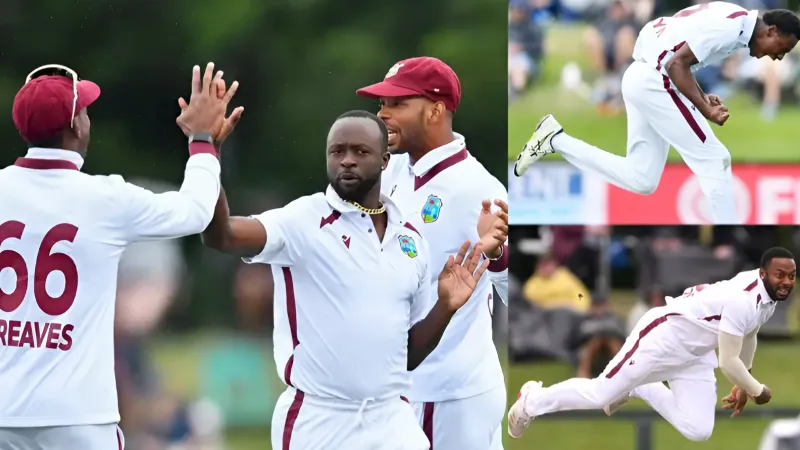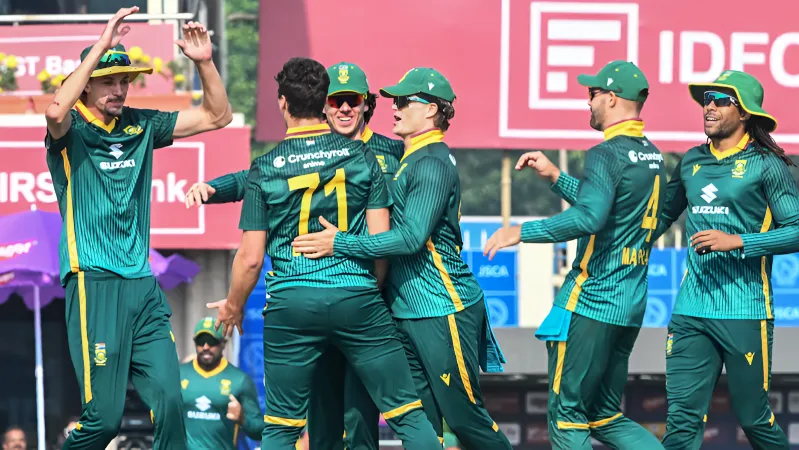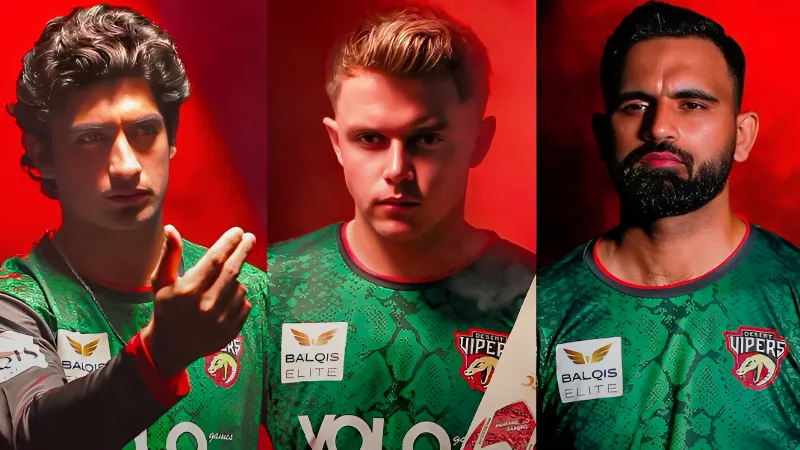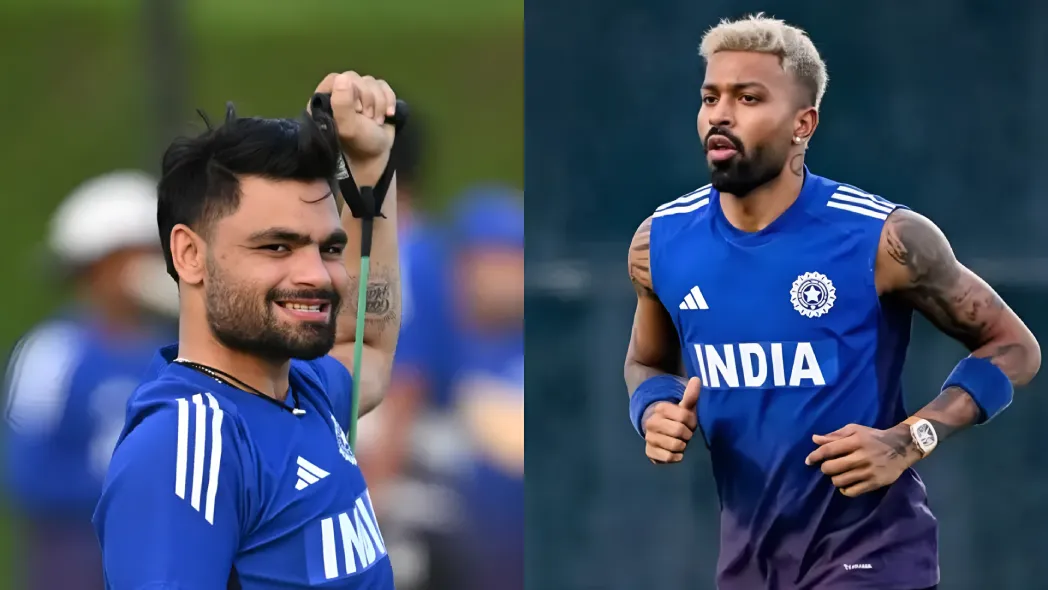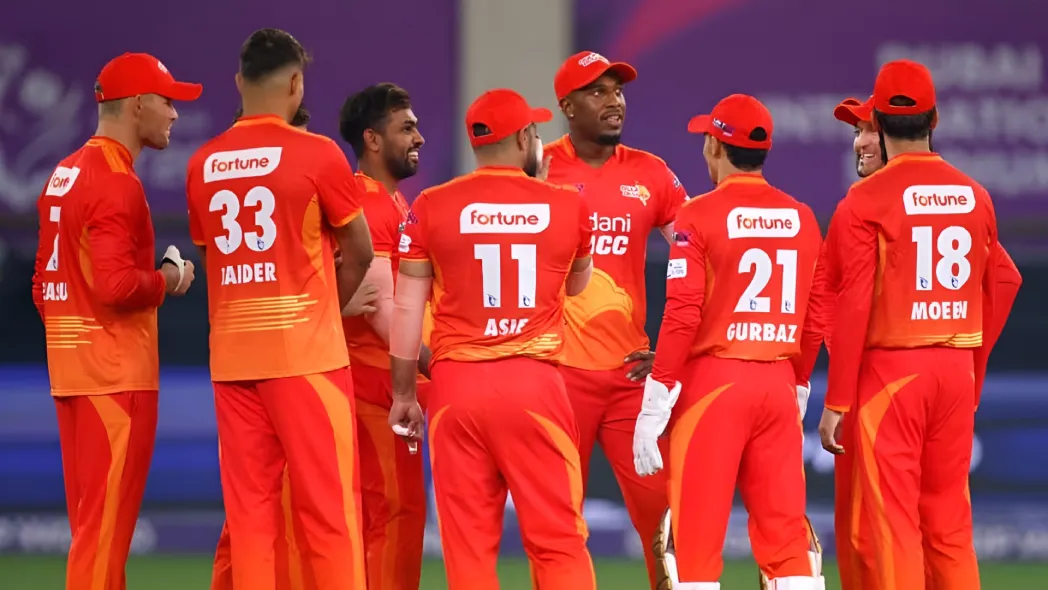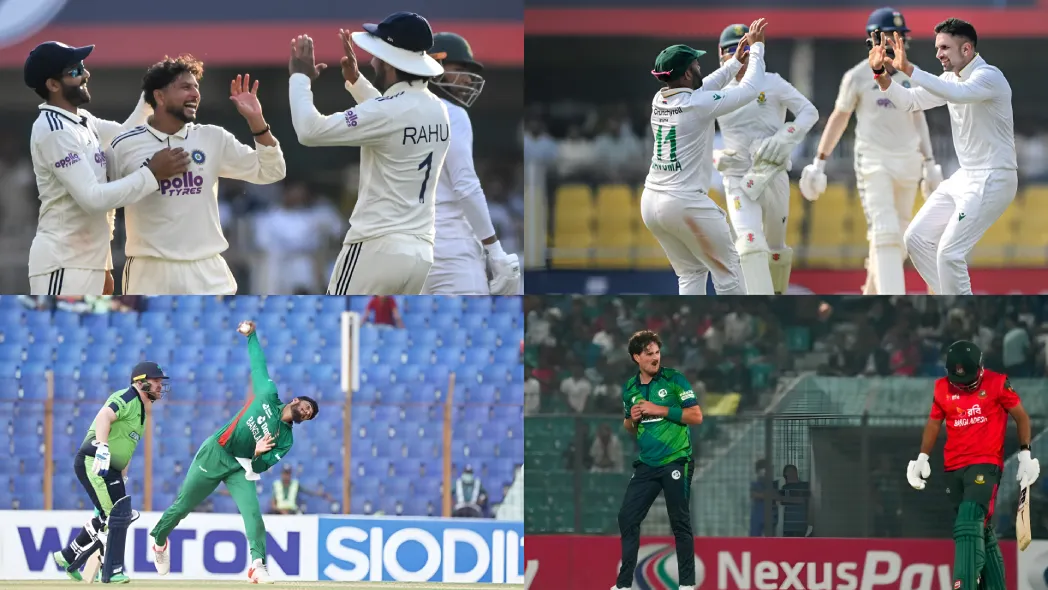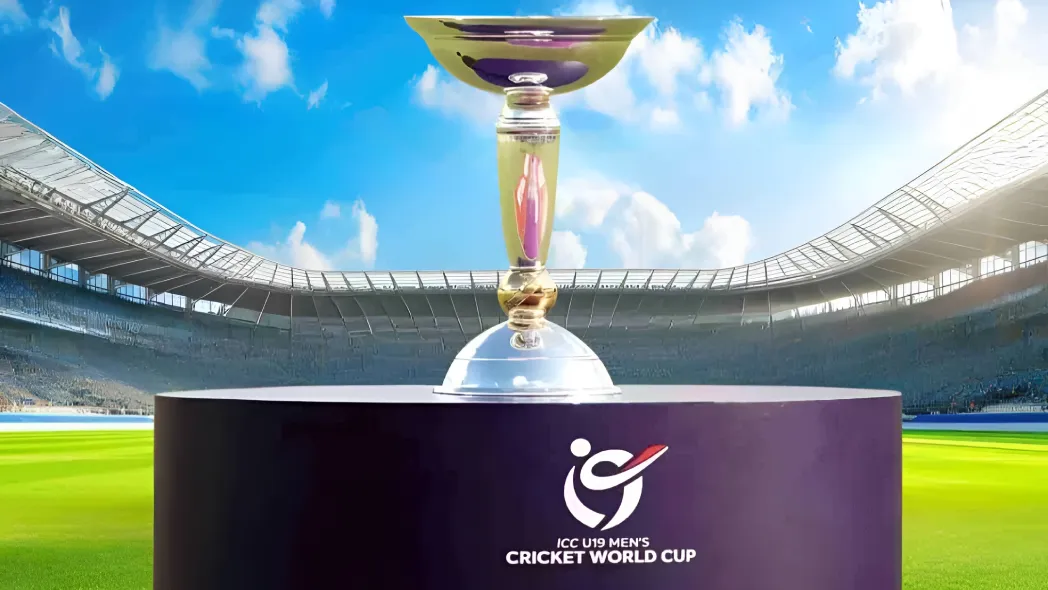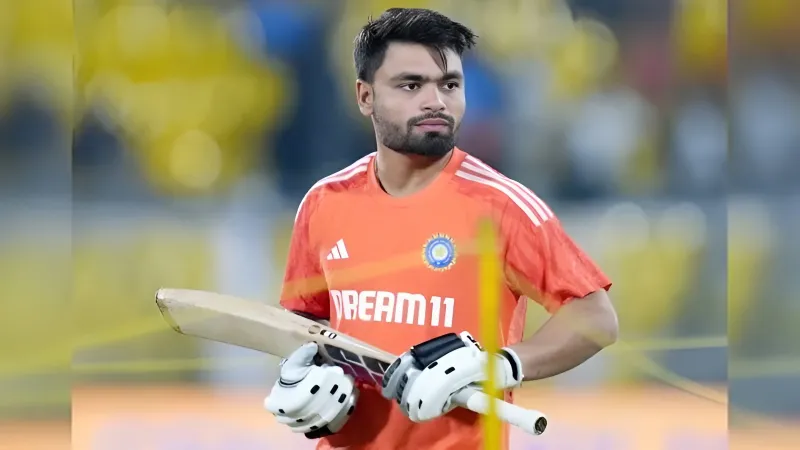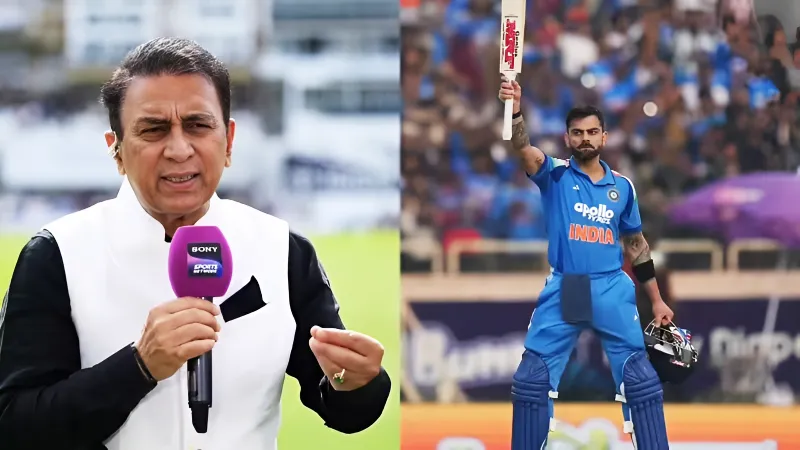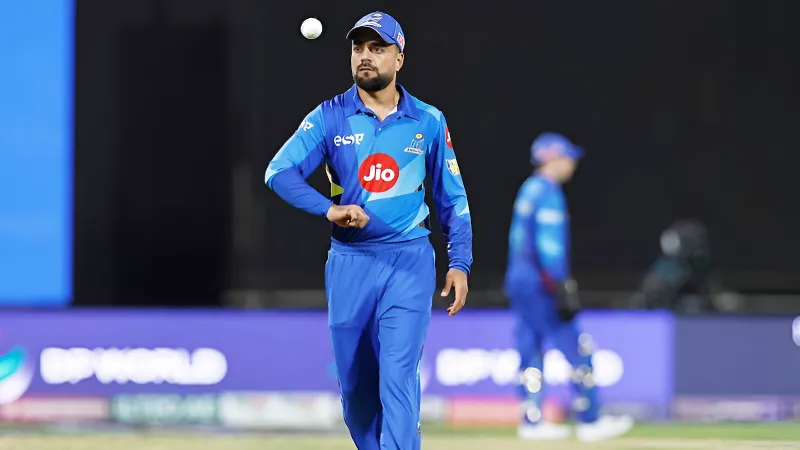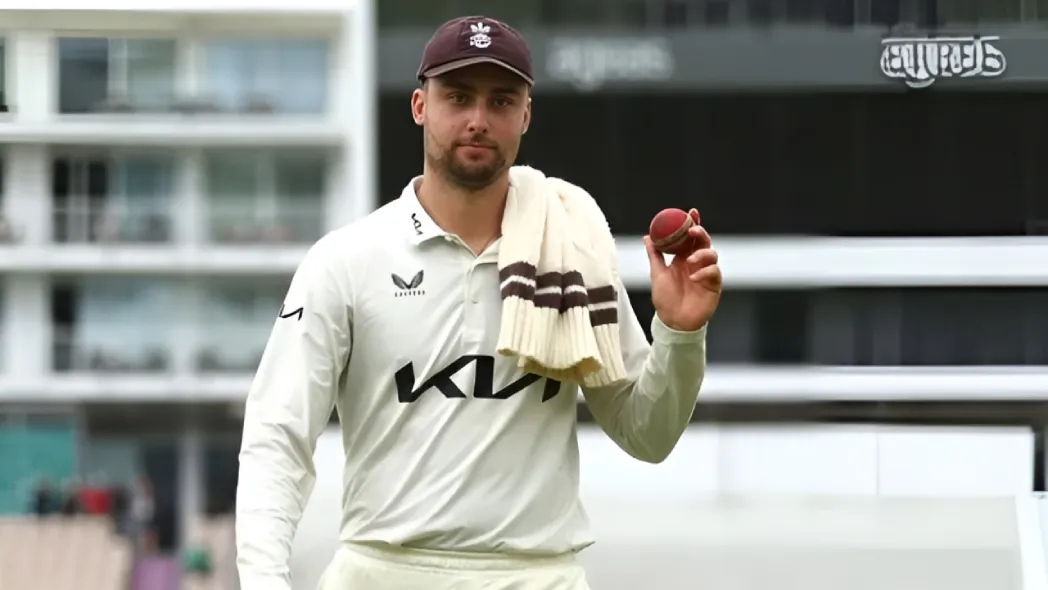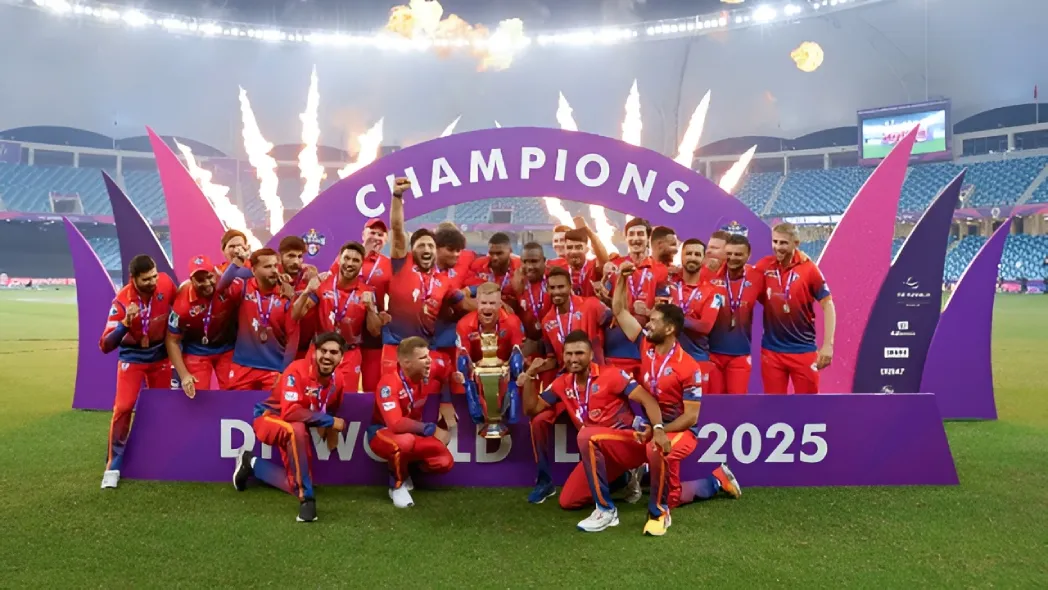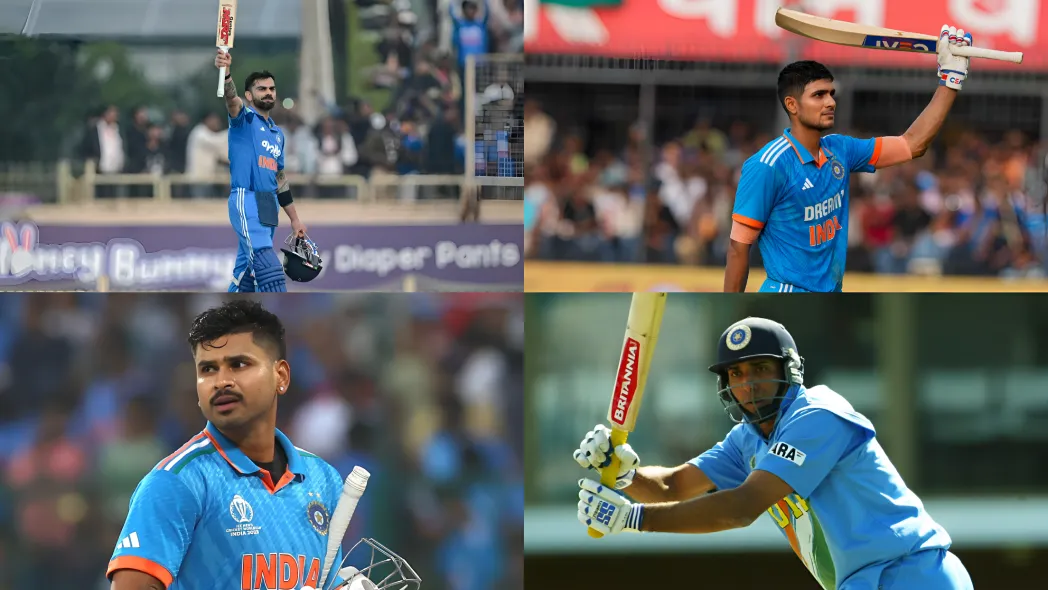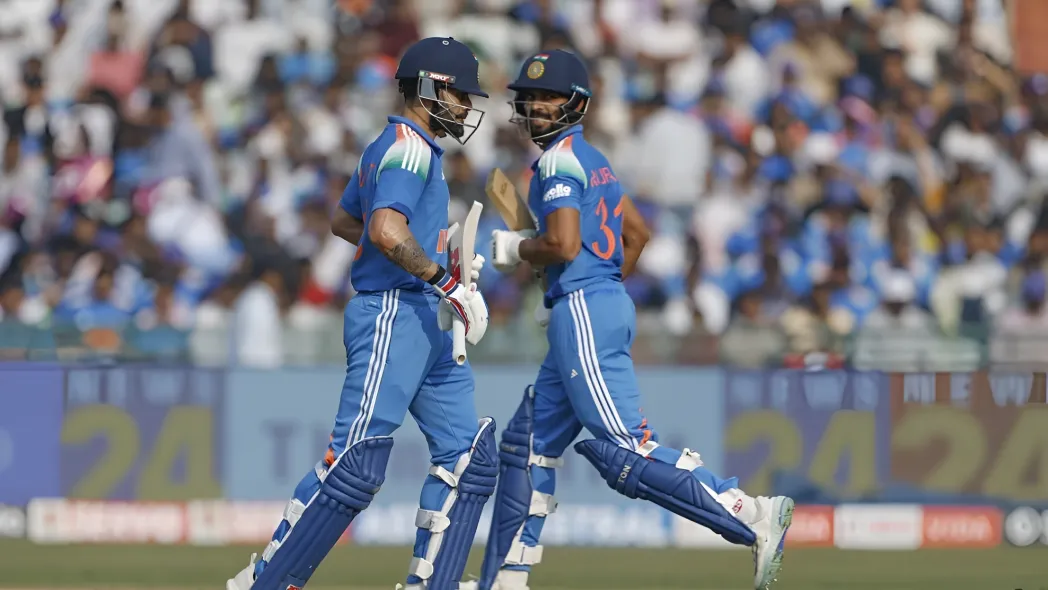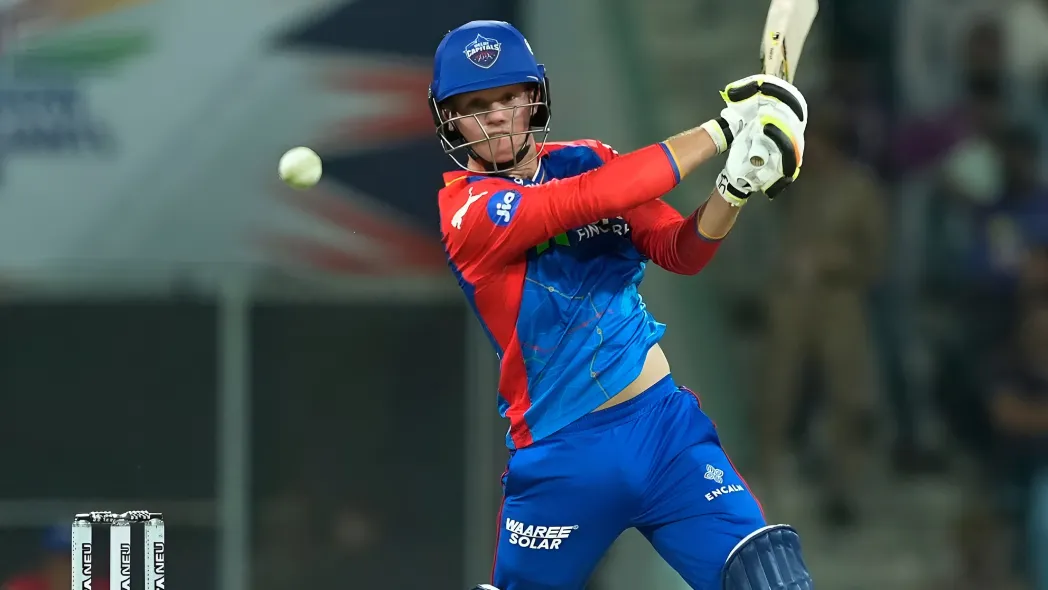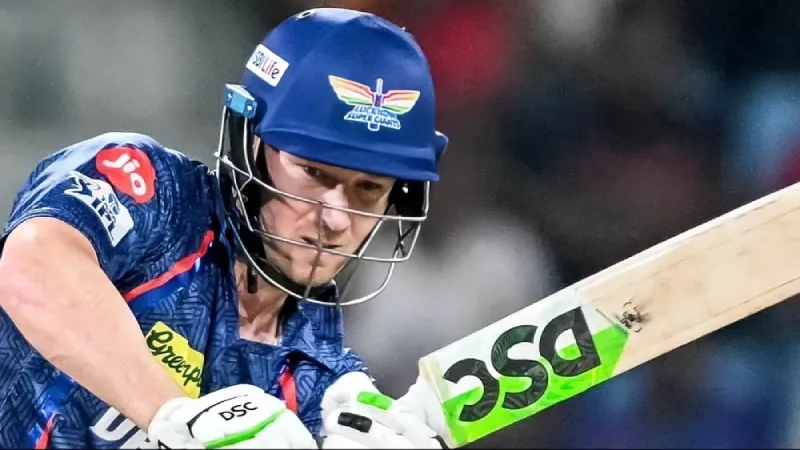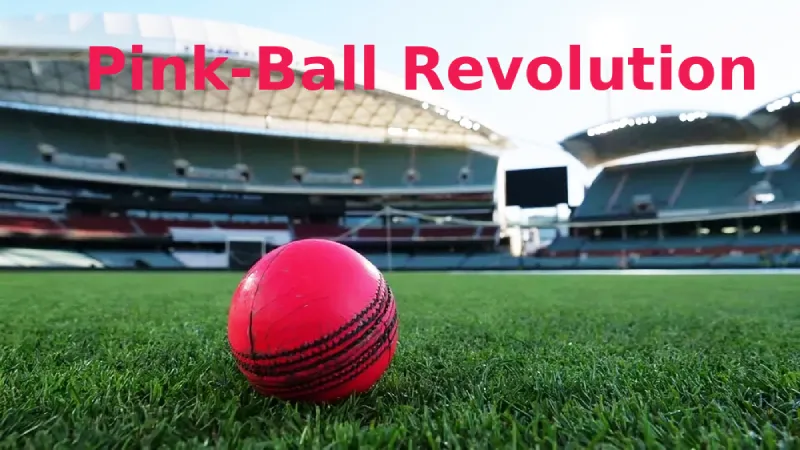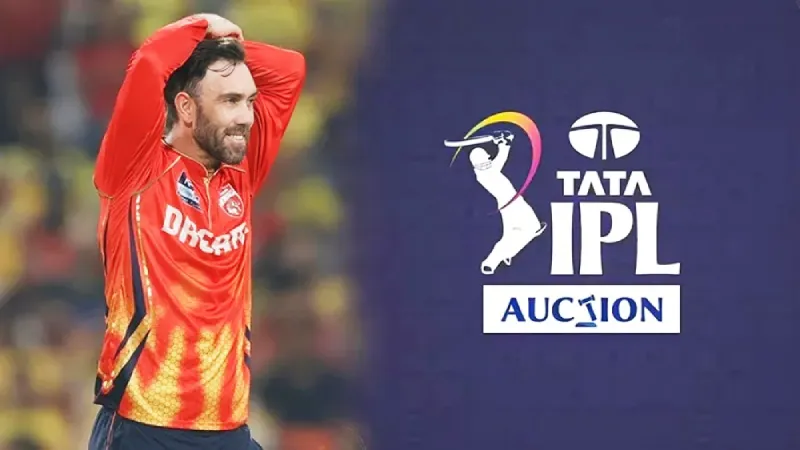If you’ve watched PSL 2025 and thought the players were melting faster than your ice cream in Lahore, you wouldn’t be wrong. The Pakistan Super League this year was not just a battle of bat and ball, but also a battle with the sun. With half the matches taking place in “Caution” or “Extreme Caution” heat index conditions, climate change decided to officially check in and say hi. And the real kicker is that it looks like next year’s tournament may be scheduled for the same sweltering time frame.
PSL’s Summer Shift: A Hot Mess in the Making
PSL traded its spring breeze for summer scorch, making room for the Champions Trophy’s travel plans. Regarding that decision? I get it. The result? Brutal. According to a report by BASIS and Climate Central, 17 out of 34 matches we played under heat conditions that may induce fatigue, cramps, or, worst-case scenario, heat exhaustion.
And it just got worse as we went through the season! All matches played from May 17 on — including the playoffs — were played under heat stress parameters. The playoff match between Lahore Qalandars and Islamabad United was played in the “Extreme Caution” area, in which sunstroke should be taken seriously!
So why not just go back to March for the tournament? That would have been the simple fix — except climate change does not listen to the old rules, and March is not the safe zone it used to be. Do you remember the March 2022 heatwave? Climate models say these events are 30 times more likely now! So guess what, March is out too.
T20 May Be Short, But Heat Exposure is Long
Some might say: “Hey, this is a T20, not a five-day Test. It can’t be that bad.” It’s pretty bad. Even in the shortest format, players and spectators will be sitting or standing in direct sun for three to four hours, long enough to deal with heat-related fatigue and especially if the humidity comes into play.
Then there are travel emissions, switched-on floodlights, and humming air-conditioning in the lounges for VIPs, and the PSL’s carbon footprint becomes another level of concern altogether. Ironically, the tournament that is vulnerable to heat-related threats as a part of the wider carbon chain is dependent on the very same carbon chain that is contributing to it.
What Needs to Change
There is no universal answer, but simply ignoring heat as a serious ingredient is no longer an option. Whether it is changing match times (hello night matches), working on indoor venues, or working in a “heat index threshold” for delays and suspensions, it is time to plan cricket like it is 2050, not 2015.
And while PSL fans might love the fireworks and massive sixes, no one wants to see their favorite players collapsing from heat exhaustion or playing like they are running through soup.
Cricket is a summer sport—but summers aren’t as they used to be. The PSL cannot afford to roll out another edition with blinders on. Be it match scheduling, player welfare, or sustainability measures, the PSL needs to change with the planet.
Because the truth is, if we don’t make changes now, the heat will not only be in the headlines, but will also be in every ball, every dive, and every dropped catch.


